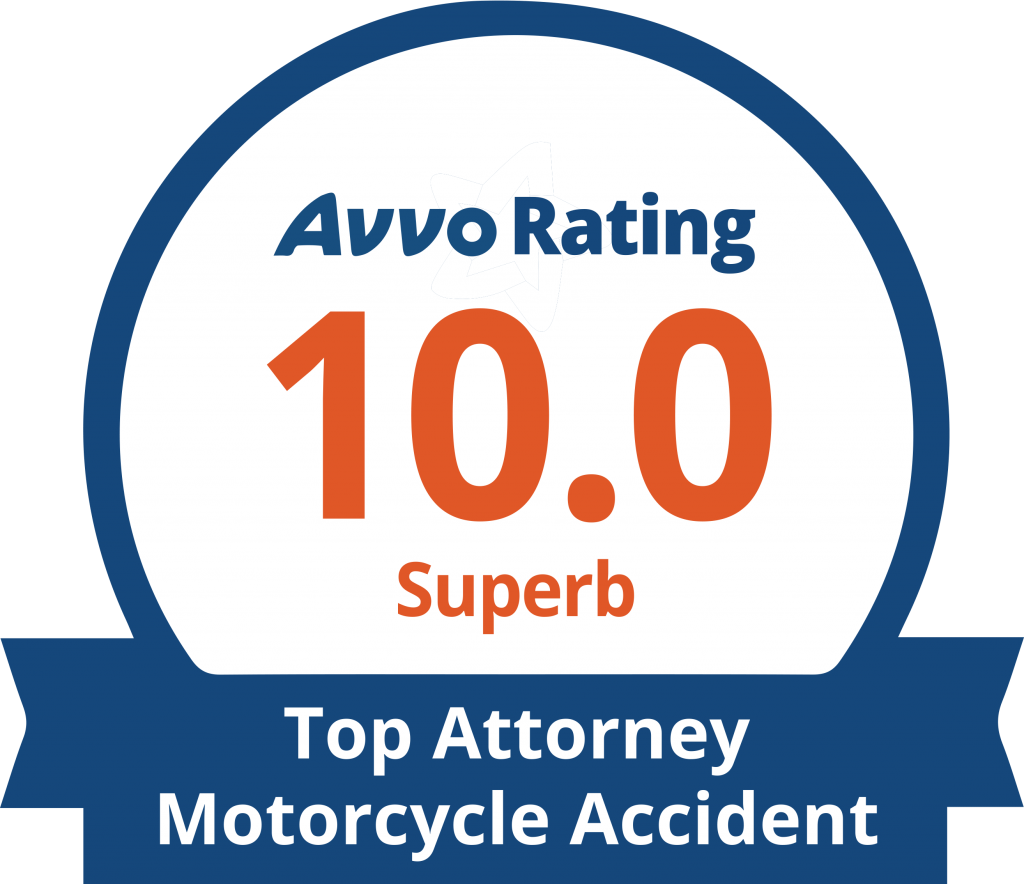Successfully and Safely Navigating Bridges
Author: Auger Law | November 4th, 2015
 Inland waterways have their own pleasures but also present unique challenges. This is especially true for larger vessels. When you choose inland waterways, you put yourself in the position to have to navigate drawbridges of varying sizes and clearances. If you decide to stay inland, you will need to know how to deal with bridges, especially at night.
Inland waterways have their own pleasures but also present unique challenges. This is especially true for larger vessels. When you choose inland waterways, you put yourself in the position to have to navigate drawbridges of varying sizes and clearances. If you decide to stay inland, you will need to know how to deal with bridges, especially at night.
Take a look at nautical charts to find out where bridges are. The charts will also give you horizontal and vertical clearances. You will be most concerned with the vertical ones. In other words, you will want to know if your boat is going to fit under the bridge or will you have to have it opened.
A good thing to know is that the charts tell you the vertical clearance at mean high water. This means at high tide. If you are traveling under them at any other time, you have even more room to get under them. Another good tip: Always know the height of your boat and pay attention to clearance signs. If you open a bridge unnecessarily, you could be fined.
You should also know that it is illegal to have the bridge opened because of nonstructural vessel appurtenance. In plain English, if you have antennas or outriggers that make your boat too tall to pass under a bridge, take them down and go under the bridge normally. As you approach the bridge, look for a sign that tells you what radio frequencies the bridge monitors. It is customary to use your VHF radio to request that the bridge be opened.
On the bridge you will see a white sign. That sign will tell you the hours of operation and any special procedures that are followed. Some bridges will open at request, while some open according to a pre-determined schedule. Other signs on the bridge may include speed limits and other warnings. Keep your eyes open for this information.
When crossing under a bridge at night, follow the red lights. There will be one on either side of the bridge and one that hangs down from the span. Line up with the center light and keep the lower lights equidistant. You will pass through without a problem.
Navigating bridges isn’t difficult, but it is something you need to know how to do. Making a mistake can cause you to be fined or, worse, an accident. Stay sharp on the water and know what you will be forced to navigate.
If you have been injured in a boating accident, contact our experienced personal injury attorneys today. We will provide you with a free case evaluation and help you start putting the pieces of your life back together. Call now.














